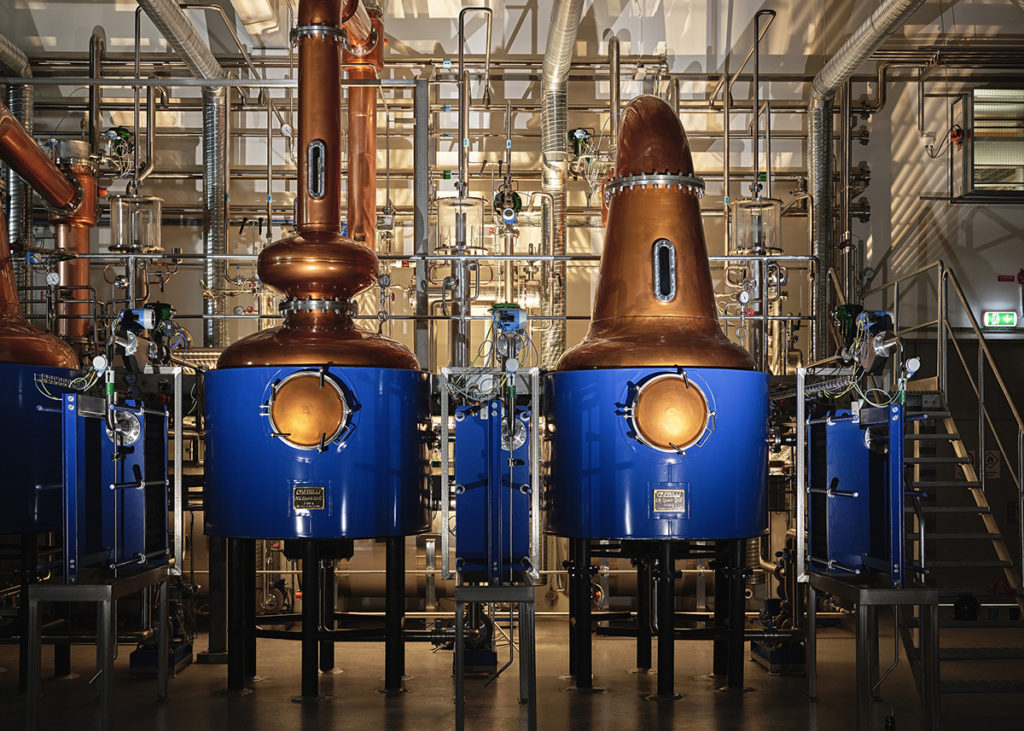By Steve Bradley, sales director at bottling and packaging machinery supplier AVE UK
THE way that distillers heat their feedstock has evolved in recent years. Traditionally, direct heat, known as the alembic still method, was the preferred option. Although this is still employed by some distillers, it is increasingly falling out of favour in place of indirect steam methods: namely, external steam jackets, internal coils and external heat exchangers.
The reason for this shift is two-fold. Firstly, indirect steam methods are safer; removing the direct heat source reduces the inherent health and safety risks associated with a naked flame. And secondly, the use of indirect steam results in a higher quality end product. This is because with direct heat, the flame is targeted only at the bottom of the pot still.
As well as increasing the likelihood of hot spots and uneven heating, any feedstock containing suspended solids (such as whole grain for bourbon) settles at the bottom of the vessel, where it is liable to burning. In contrast, indirect steam methods heat the entire vessel contents gently and evenly, creating a more consistent product.
When considering which indirect steam method to choose for your distillation project, it is important to understand the benefits and limitations of each.
Internal coils are particularly suited to a clean wash; for example, single malt whisky production. This is because the presence of internal coils means that a mixer cannot also be located inside the pot still, making this method unsuitable for feedstocks containing suspended solids. Aesthetically, however, this is often cited as the most pleasing option, as the lack of external covering allows the entire pot still to be encased entirely in copper, if required.
The most versatile indirect steam method is the external steam jacket. Suitable for feedstocks with suspended solids, such as whole grain washes and fruit distillation, it is also ideal for heating molasses for rum, and for gin distillation. Comprising a cylindrical pot still containing a mixer, the outside must be coated in stainless steel from the bottom of the pot to the shoulder, making it a less aesthetically pleasing option than internal coils.
External heat exchangers are renowned for their efficiency and flexibility, lending themselves well to all types of alcohol distillation. The fact that all maintenance is conducted externally, not requiring any access to the interior of the pot itself, only makes them more attractive to distillers.
However, their relatively high cost in comparison with the other two methods only makes this method viable for pot stills with a working volume of 2-3,000 litres or higher.
As the UK partner to Italian distillation equipment producer Frilli Srl, AVE UK is well placed to offer the entire Frilli range of copper and stainless-steel distilling solutions to UK producers of whisky, gin, brandy, rum, vodka and other spirits. Pot stills from 50 litres in size are available in conjunction with all three indirect heat types.
In addition, as an alternative to gas as a heat source, there is also the option of an electrical heating system; something which we expect to see continuing to grow in popularity as more distillers look to generate their own renewable energy via the likes of solar panels and wind turbines.













